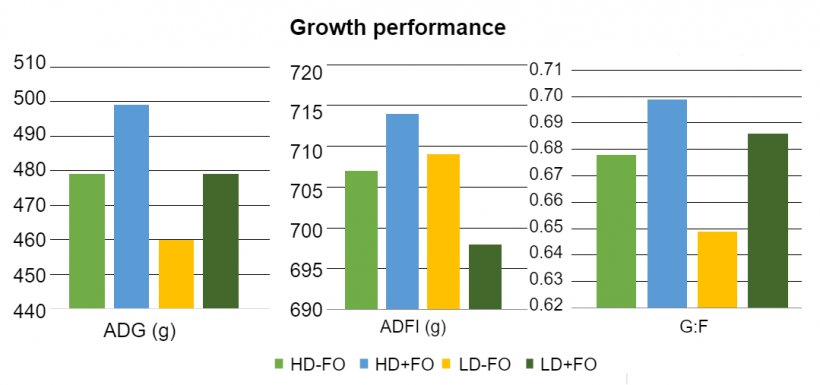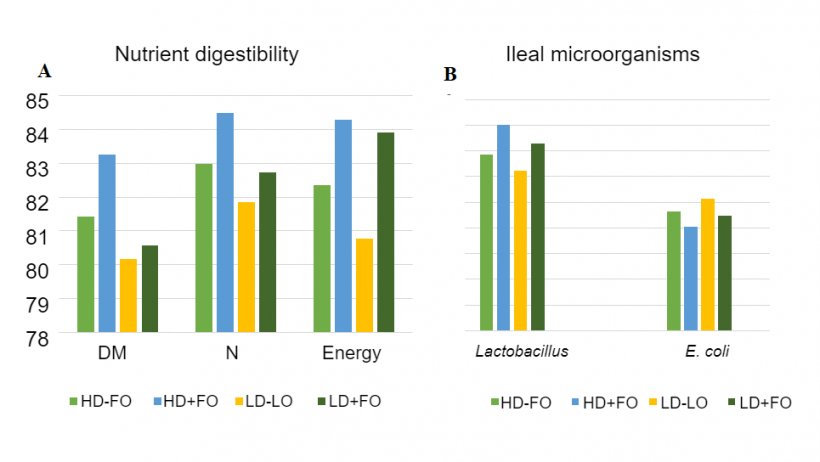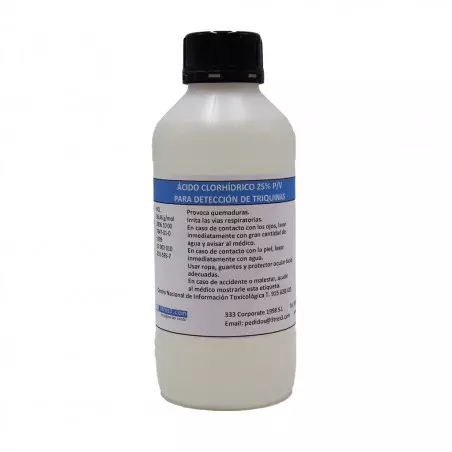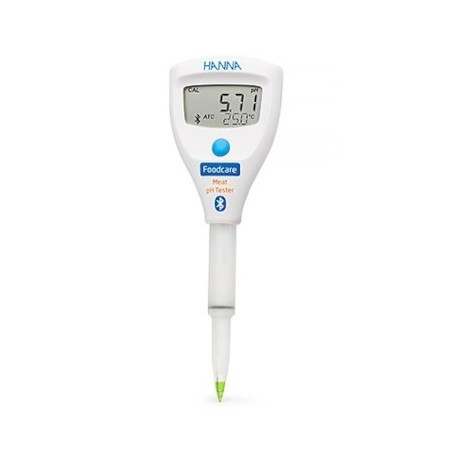Pigs require several essential nutrients in order to meet their daily needs such as growth, reproduction, lactation, and other functions. The basic nutrients are water, carbohydrates, fats, protein (amino acids), minerals, and vitamins. Among those nutrients, amino acids (protein) play a vital role in the development of muscle tissue in a pig. Amino acids are found abundantly in oats. Oats provide many health benefits for animals; one benefit worth noting is that oats are soothing on sows’ intestines which helps prevent constipation around the time of farrowing (Celize Christy, 2018). Oats contain high levels of polyunsaturated fatty acids, phospholipids, high-quality proteins, beta-glucan fibers, minerals, and vitamins.
In recent years, fermenting swine feed has become a challenging task for swine producers. Fermentation is a process where lactic acid is formed that helps pigs maintain good intestinal health. When oat meal is combined with water and fermented with Lactobacillus, it provides dietary benefits. Many lactobacilli are used to colonize the intestinal tract and interact with the native flora. Fermented oats help minimize diarrhea problems in weaned piglets. It can also prevent constipation in gestating sows and prevent ulcers in growing pigs. Cho and Kim 2012 stated that fermented oats reduced the pH level in pigs’ guts. In rats however, Lactobacilli contribute to the production of total bile salt hydrolase in the intestinal tract that can change the production of short chain fatty acids in the caecum, distal colon, and feces. Practically, those changes indicate that these microbes probably survived in the hindgut and led to the modification of the microflora composition (Lambo et al., 2005). The gastrointestinal microflora balance may be important in relation to diseases of the colon. In humans, (healthy women of childbearing age) fermented oats could increase non-heme iron absorption from a phytate-rich meal (Bering et al., 2006). However, there is not much information on the influence of fermented oats on growth performance and intestinal health of weaning pigs.

Considering the potential benefits of fermented oat meal, we hypothesized that fermented oat meal is able to ensure a healthy gastrointestinal tract to increase growth performance. Therefore, this study was conducted to investigate the effects of fermented oat meal on growth performance, nutrient digestibility, and ileal microorganisms in weaned pigs. A total of 160 crossbred weanling pigs were used in this trial. Pigs were randomly distributed into one of four dietary treatments. The experiment was conducted to evaluate the effects of the inclusion of fermented oats (FO) verses a corn and soybean meal-based diet on the performance of weanling pigs fed with high nutrient-density (HD) and low nutrient-density (LD) diets. Each treatment included eight replicate pens.

During the overall trial period (Days 1-42), the average daily gain and gain to feed ratio of pigs fed HD and FO diets were significantly higher than those of pigs fed LD and non-fermented oat diets respectively (Figure 1). The apparent total tract digestibility of dry matter and nitrogen of the HD groups were significantly greater than those of the LD groups (Figure 2A). Pigs fed with FO showed higher ileal Lactobacillus and lower Escherichia coli counts compared with those fed the non-fermented oats diet (Fig .1B). There is limited research evaluating fermented ingredients in pig feeding. Although the ingredients were different, Cho et al. (2007) reported that piglets fed fermented soya beans showed improved feed efficiency. Previously, our research team reported that different levels (7.5, 11.3 and 15%) of FO could improve the growth performance of weanling pigs (from 21 to 42 days of age). The potential explanation for enhanced growth efficiency in this current study may be the low pH value of FO. The low pH of FO can inhibit the growth of some harmful bacteria, such as E.coli and Salmonella sp., and improve the activity of some digestive enzymes, such as pepsin (Taylor 1962; Canibe and Jensen 2003). In conclusion, feeding FO verses a LD diet demonstrated beneficial effects on the growth performance, nutrient digestibility and ileal microorganism balance in weanling pigs.









